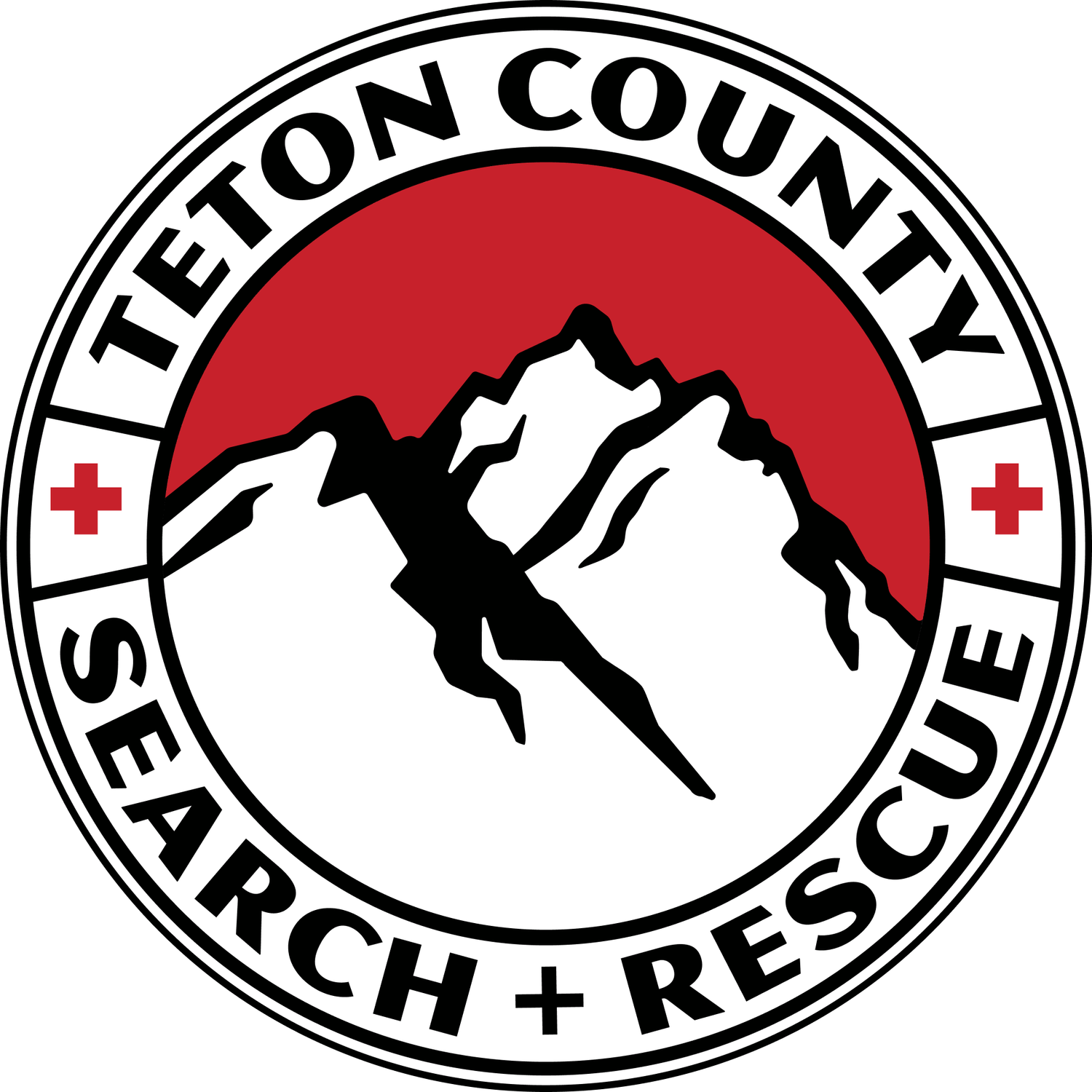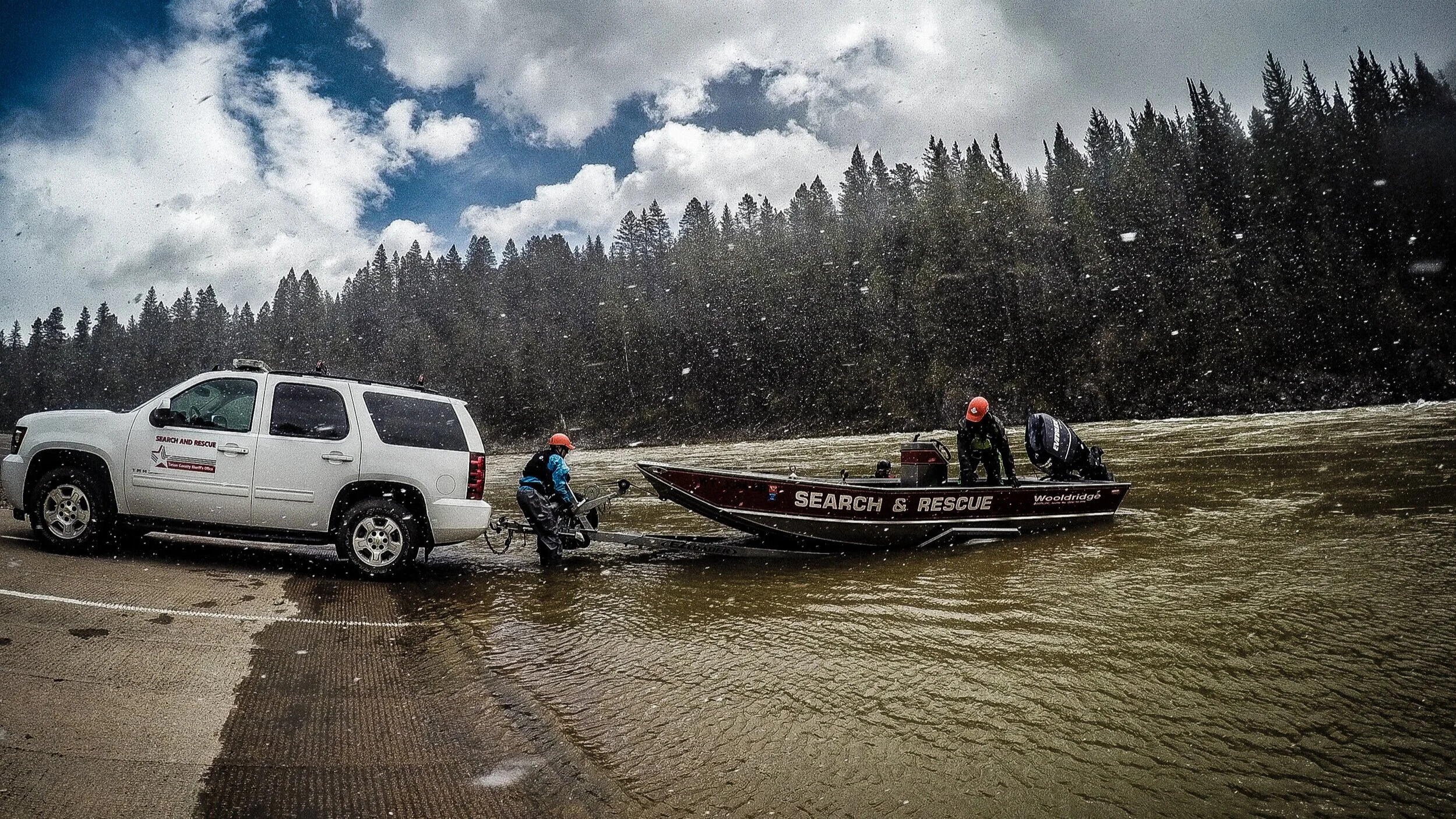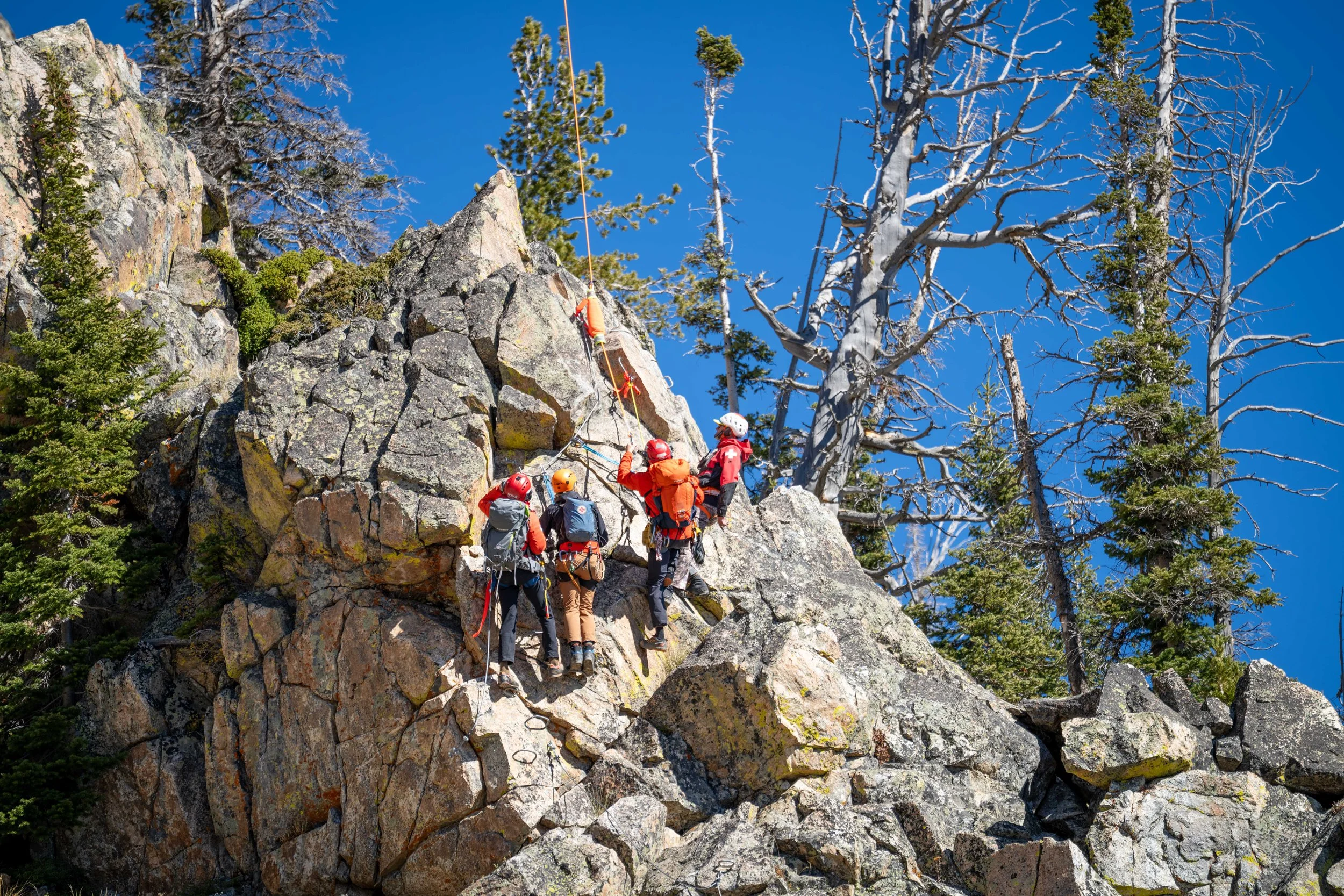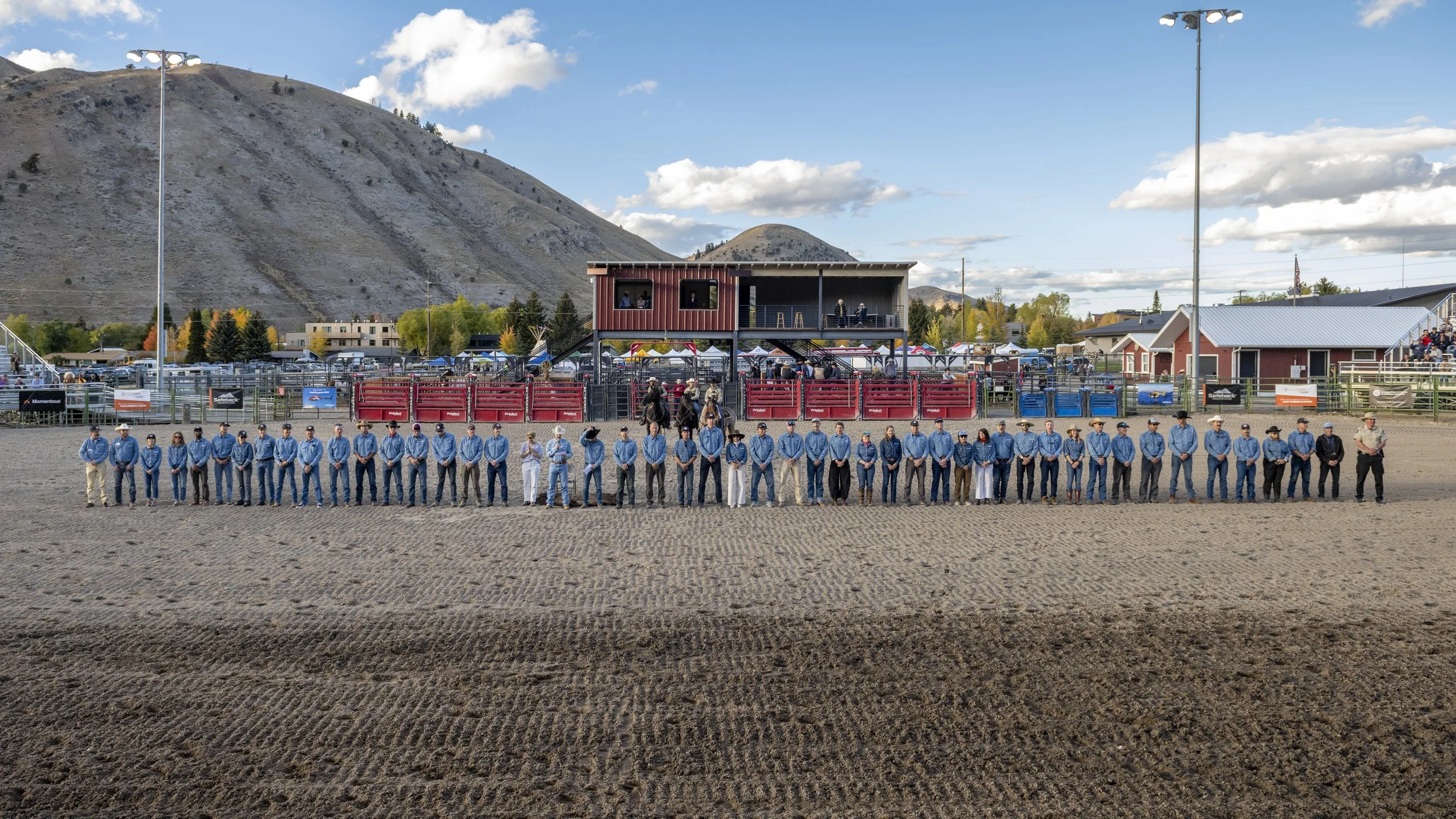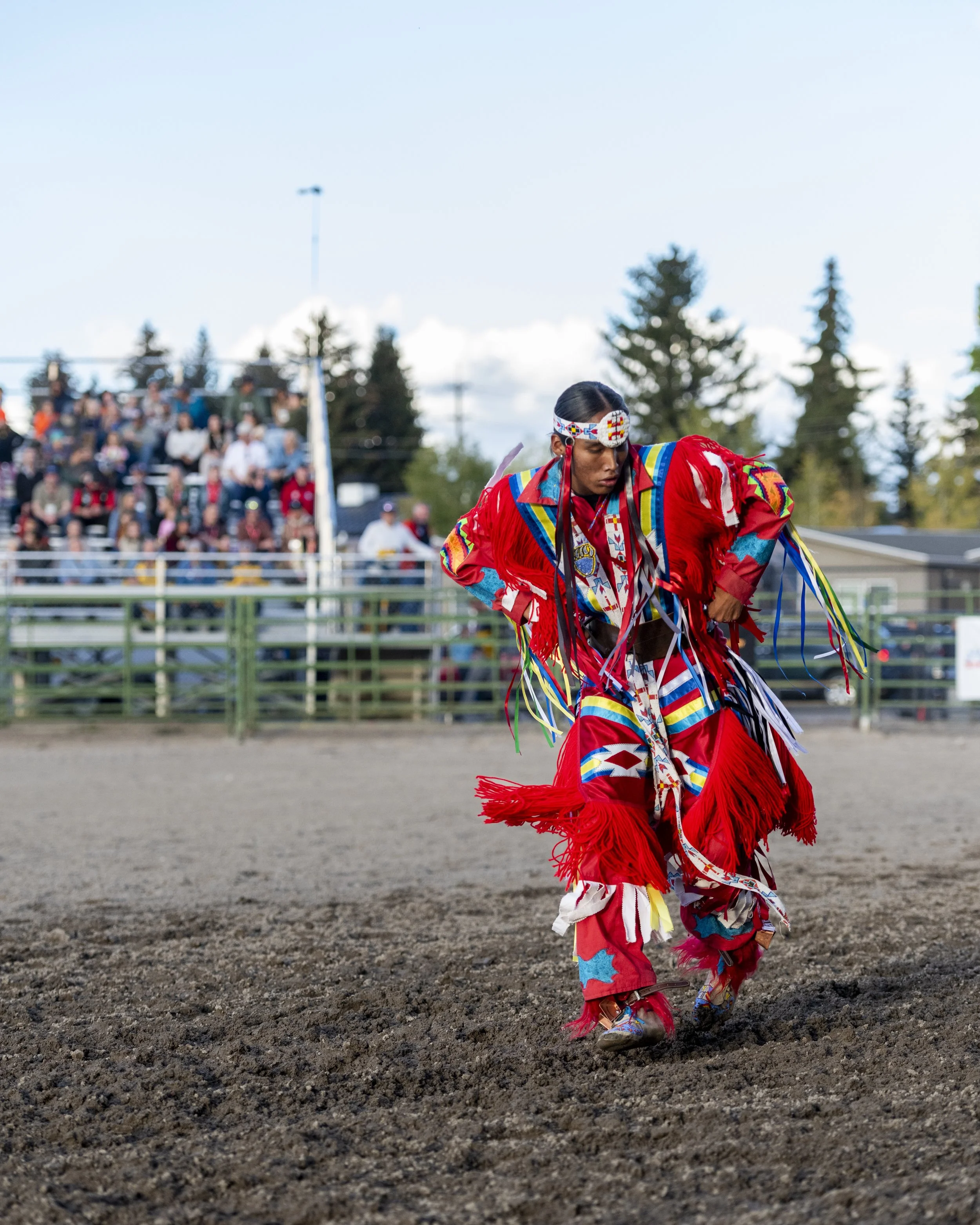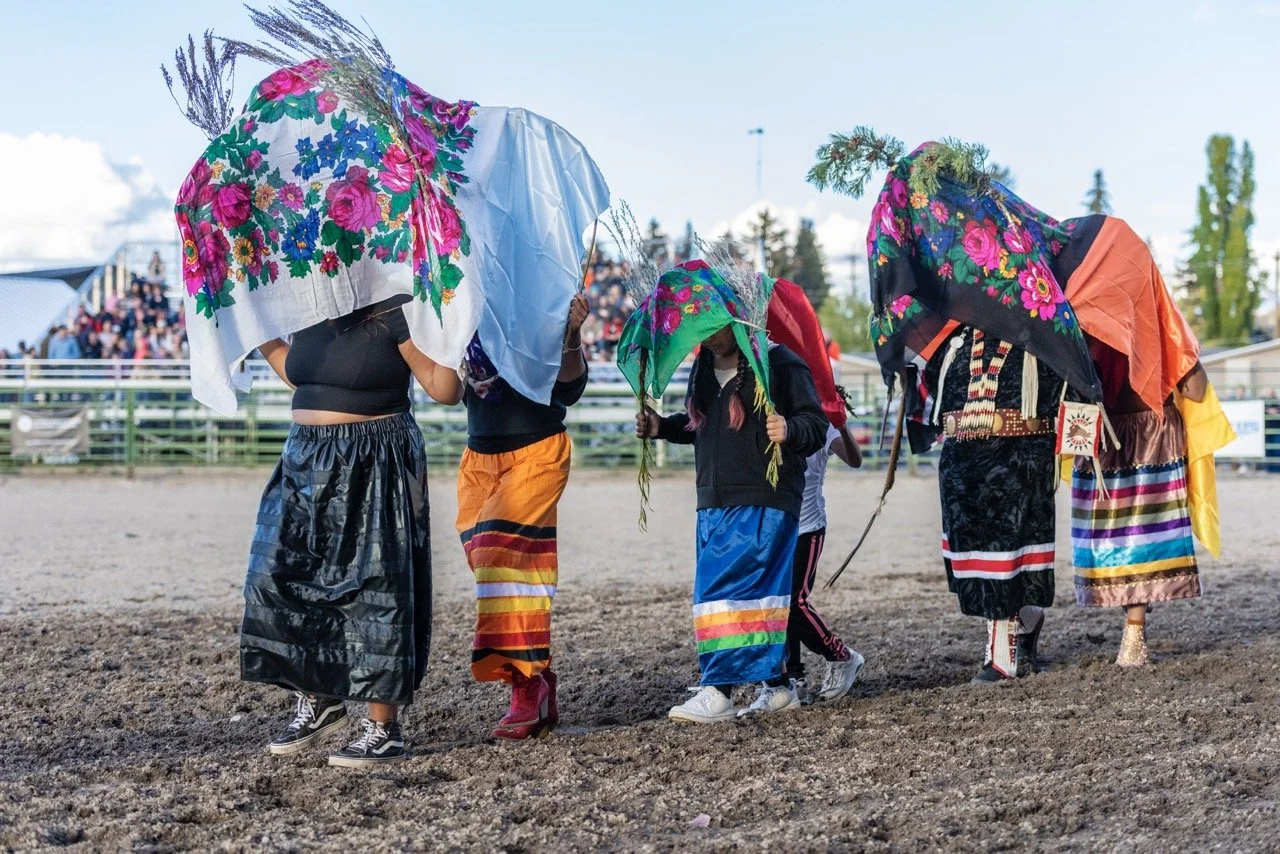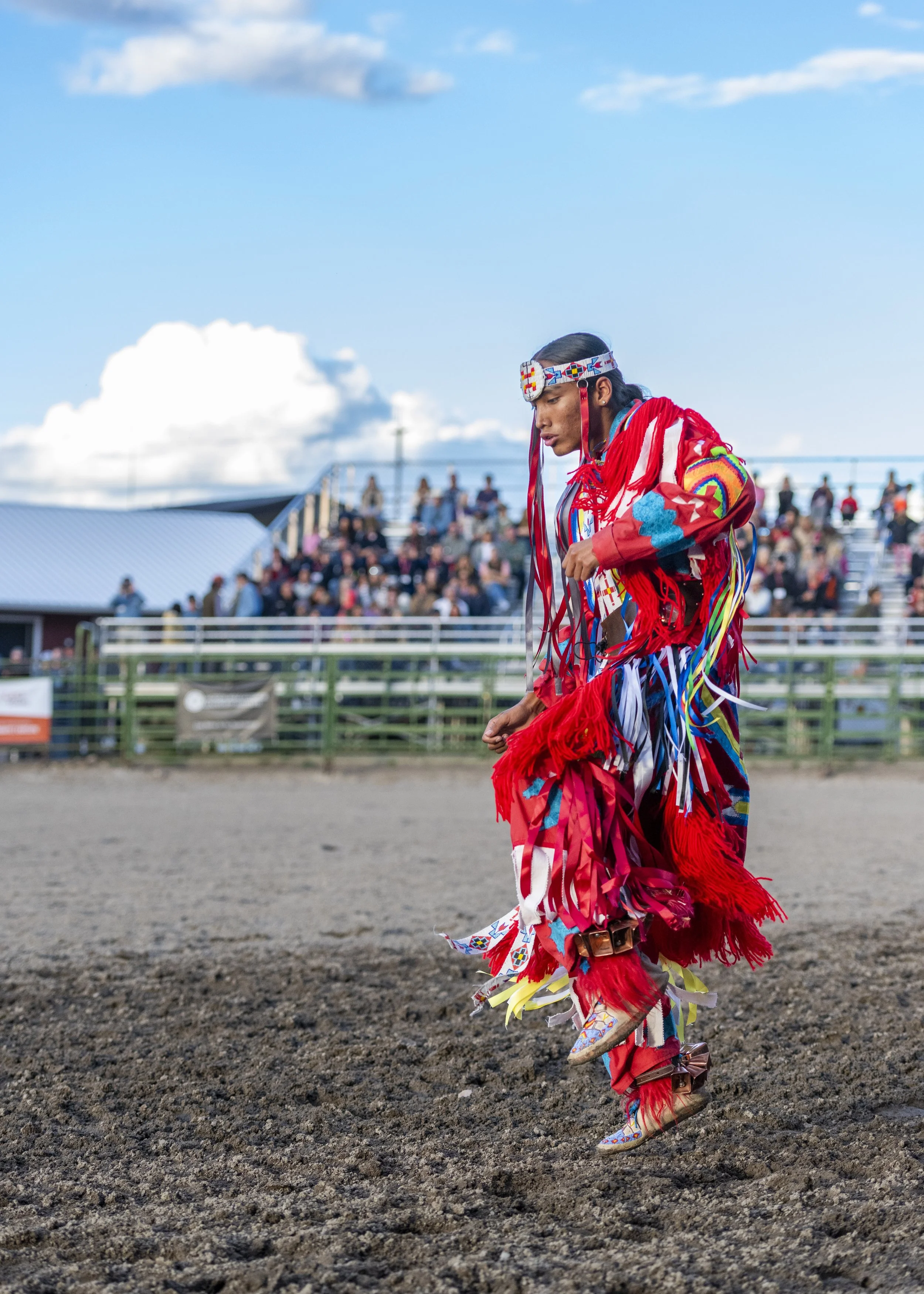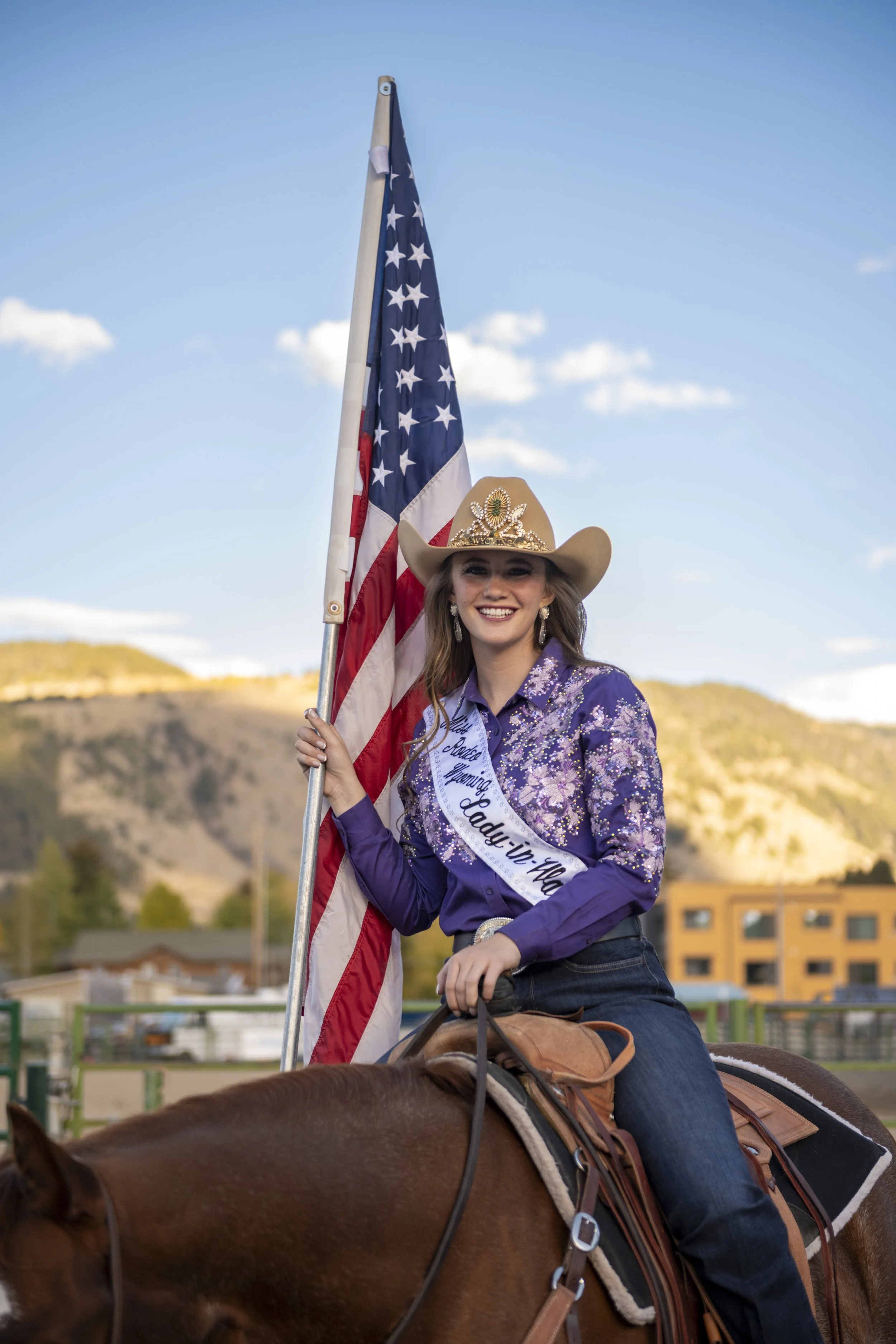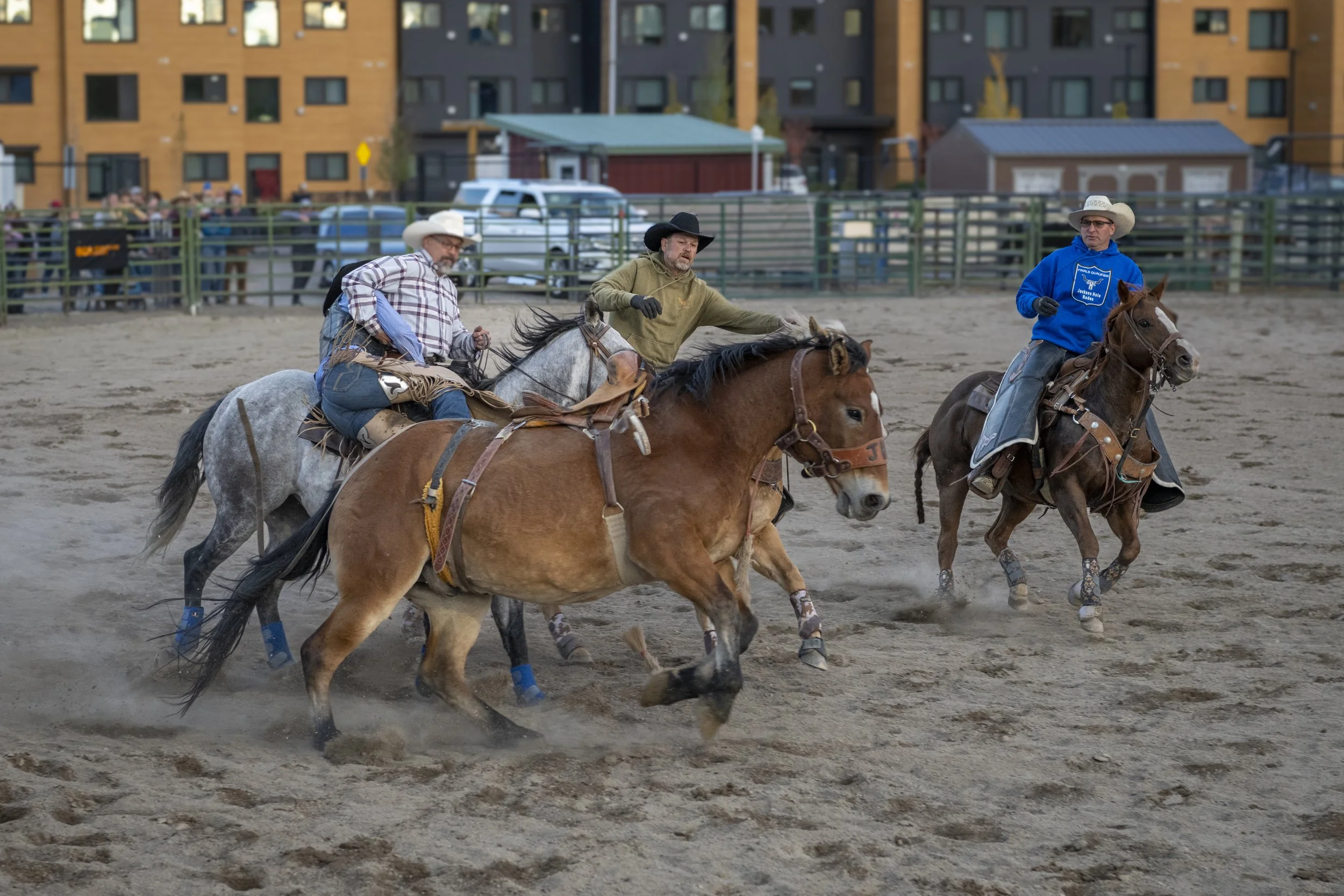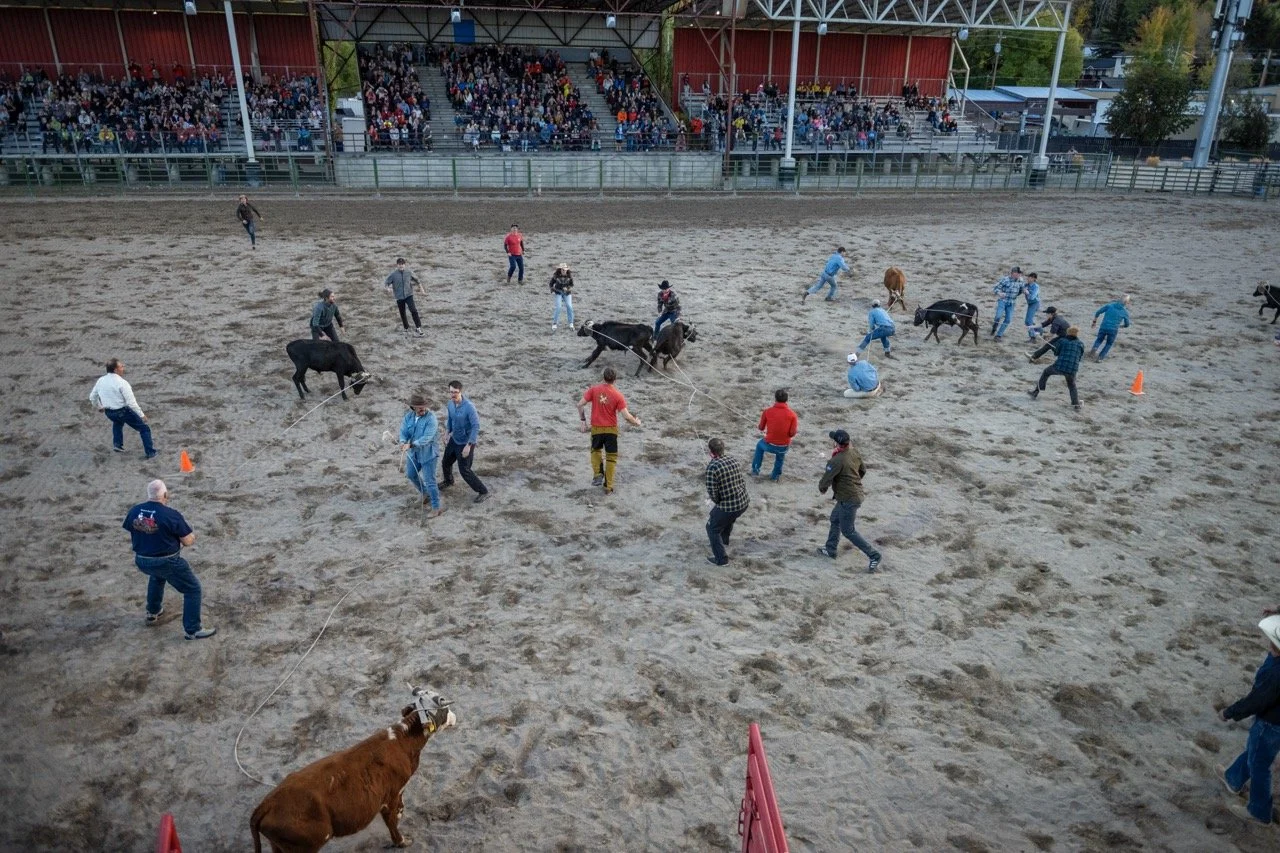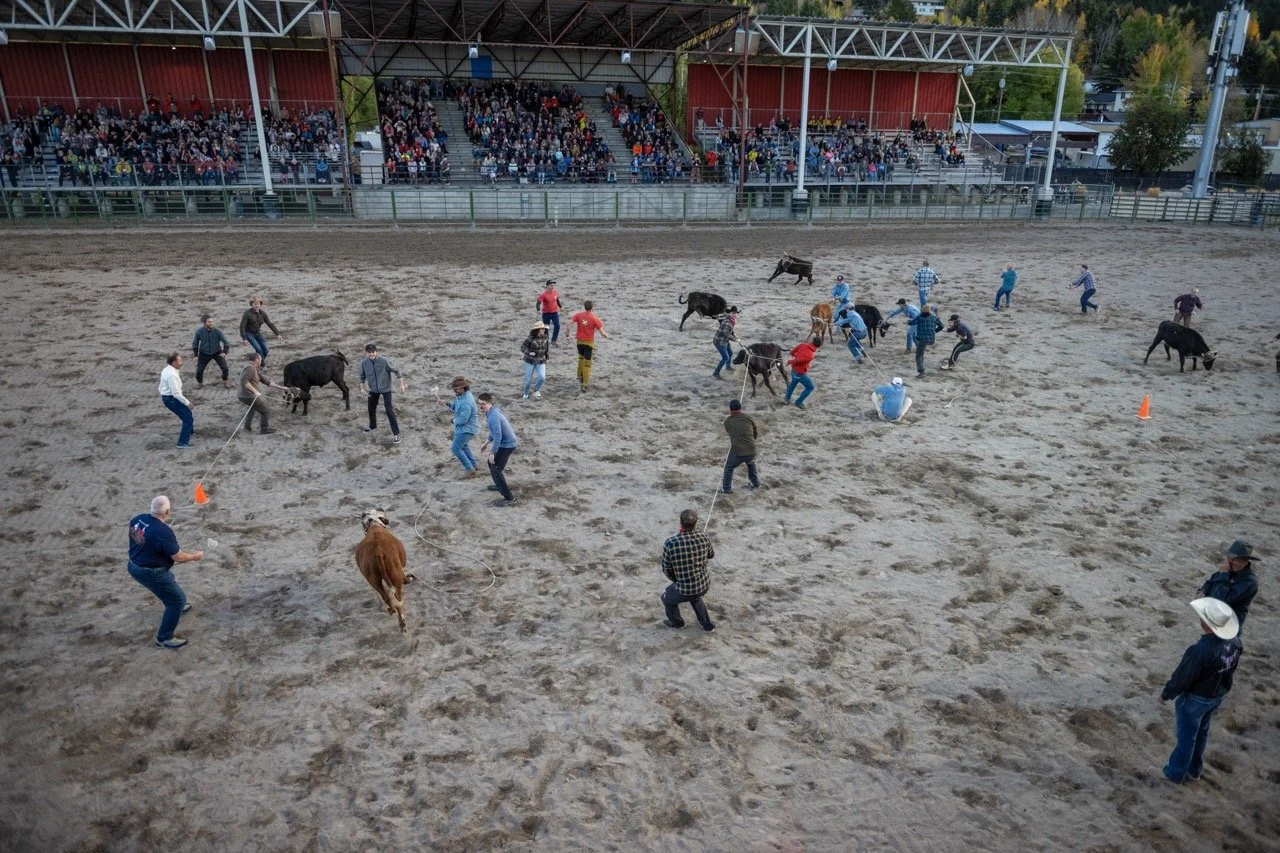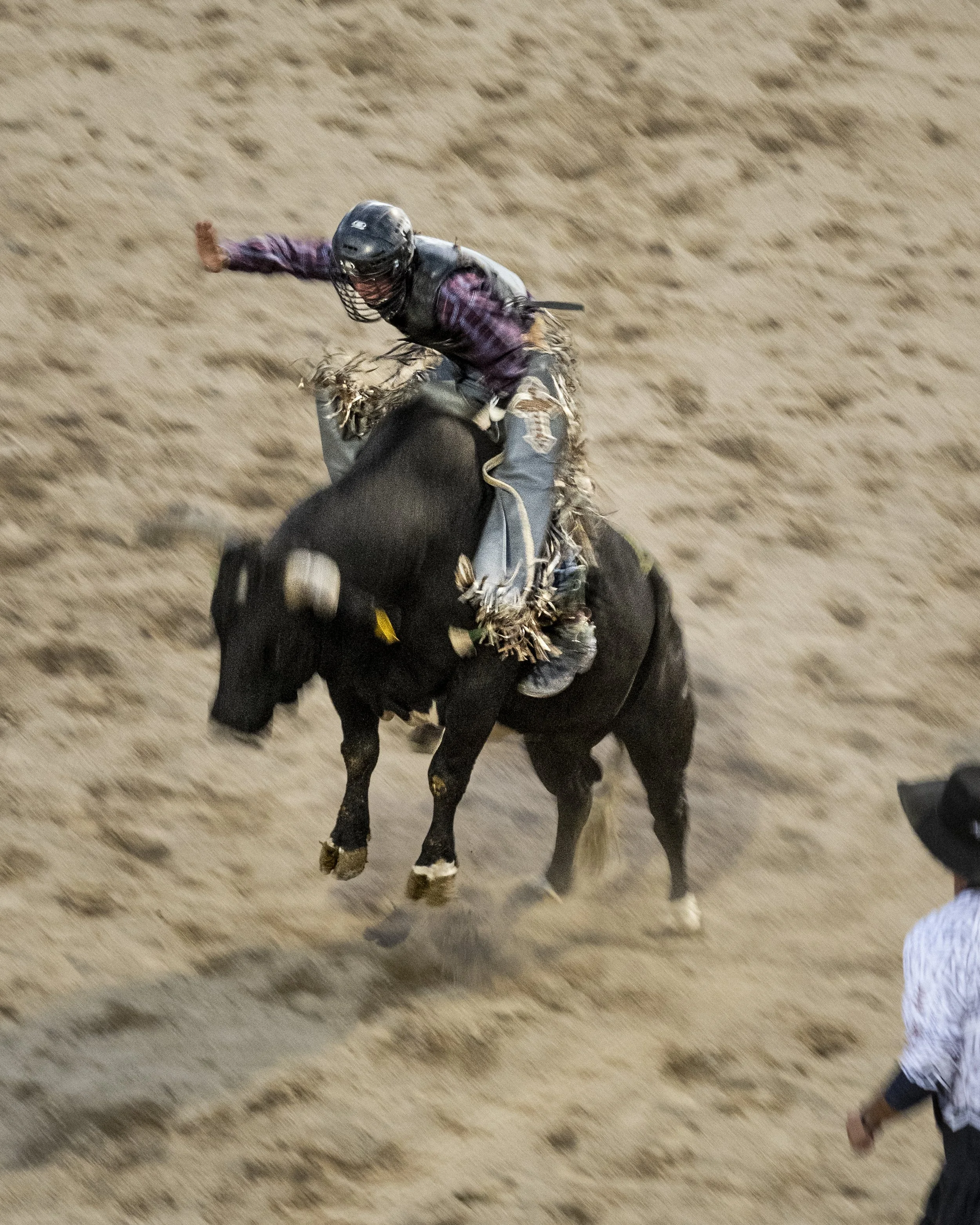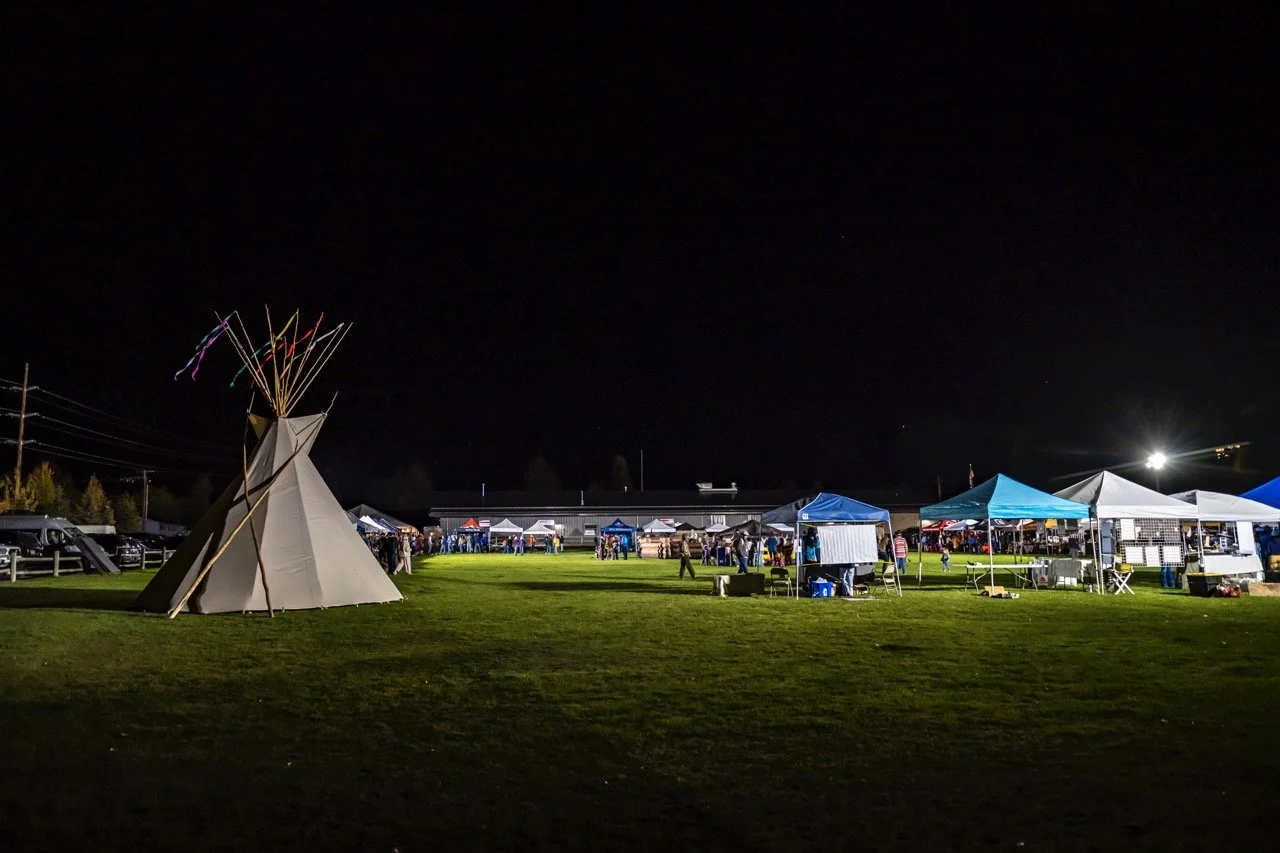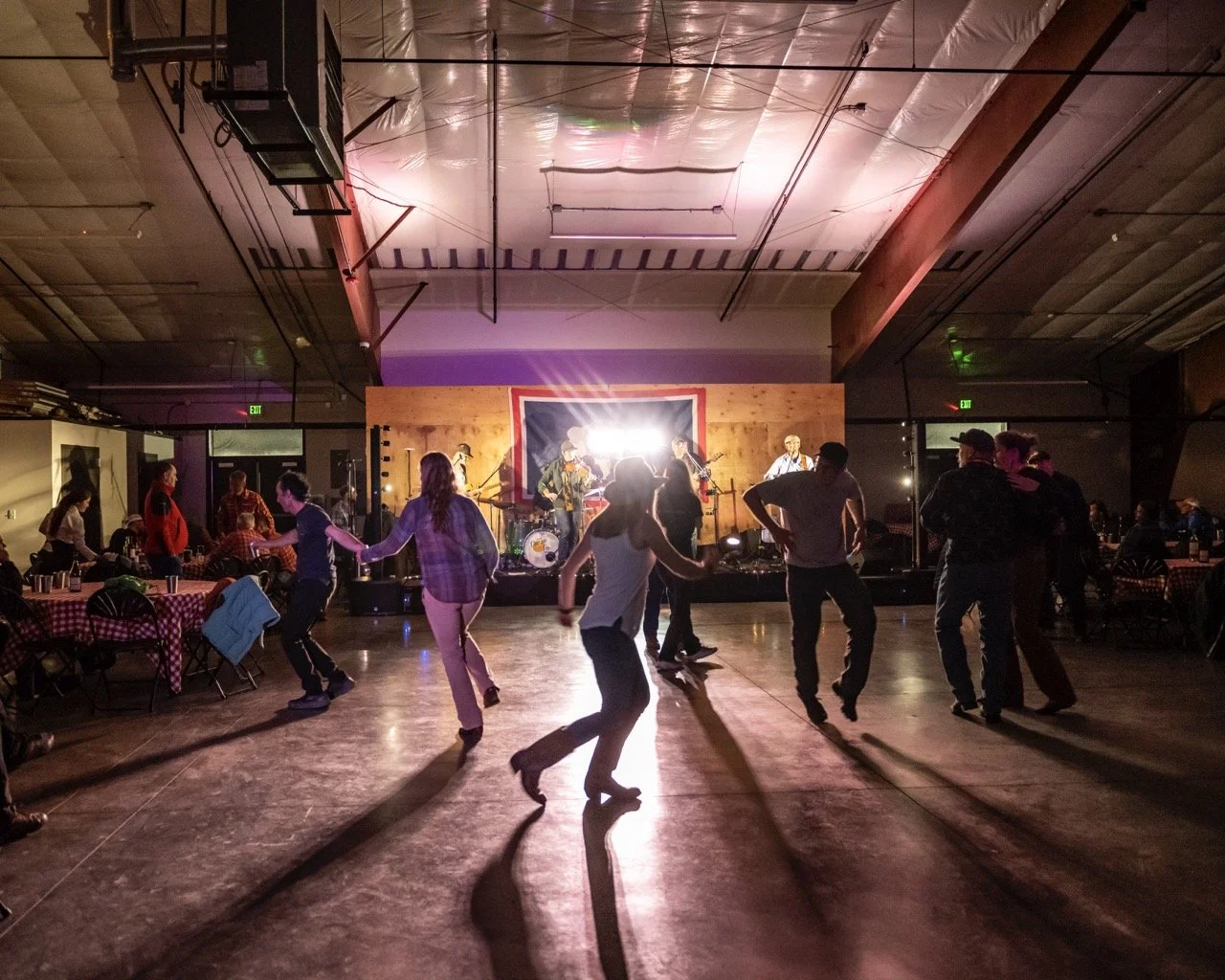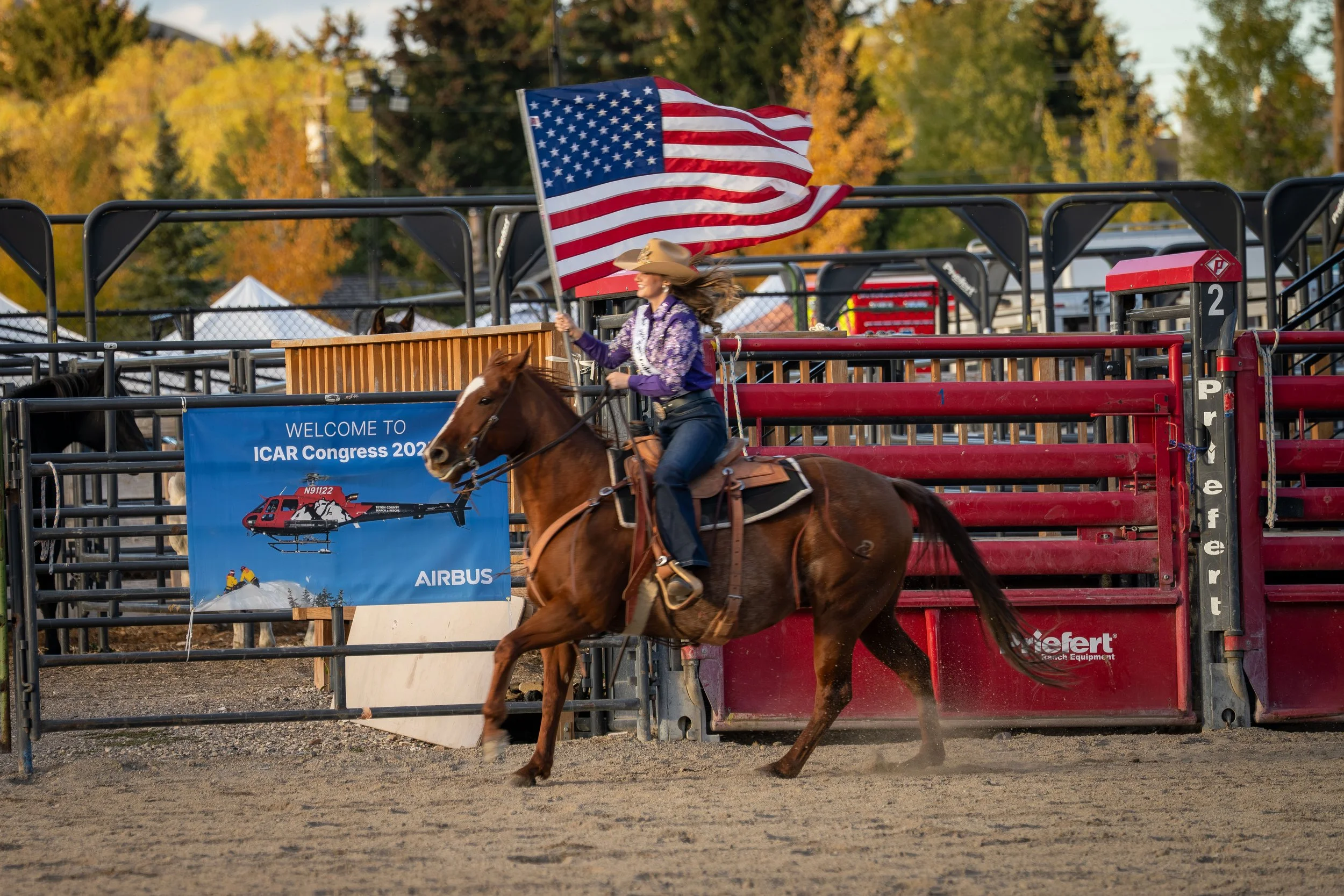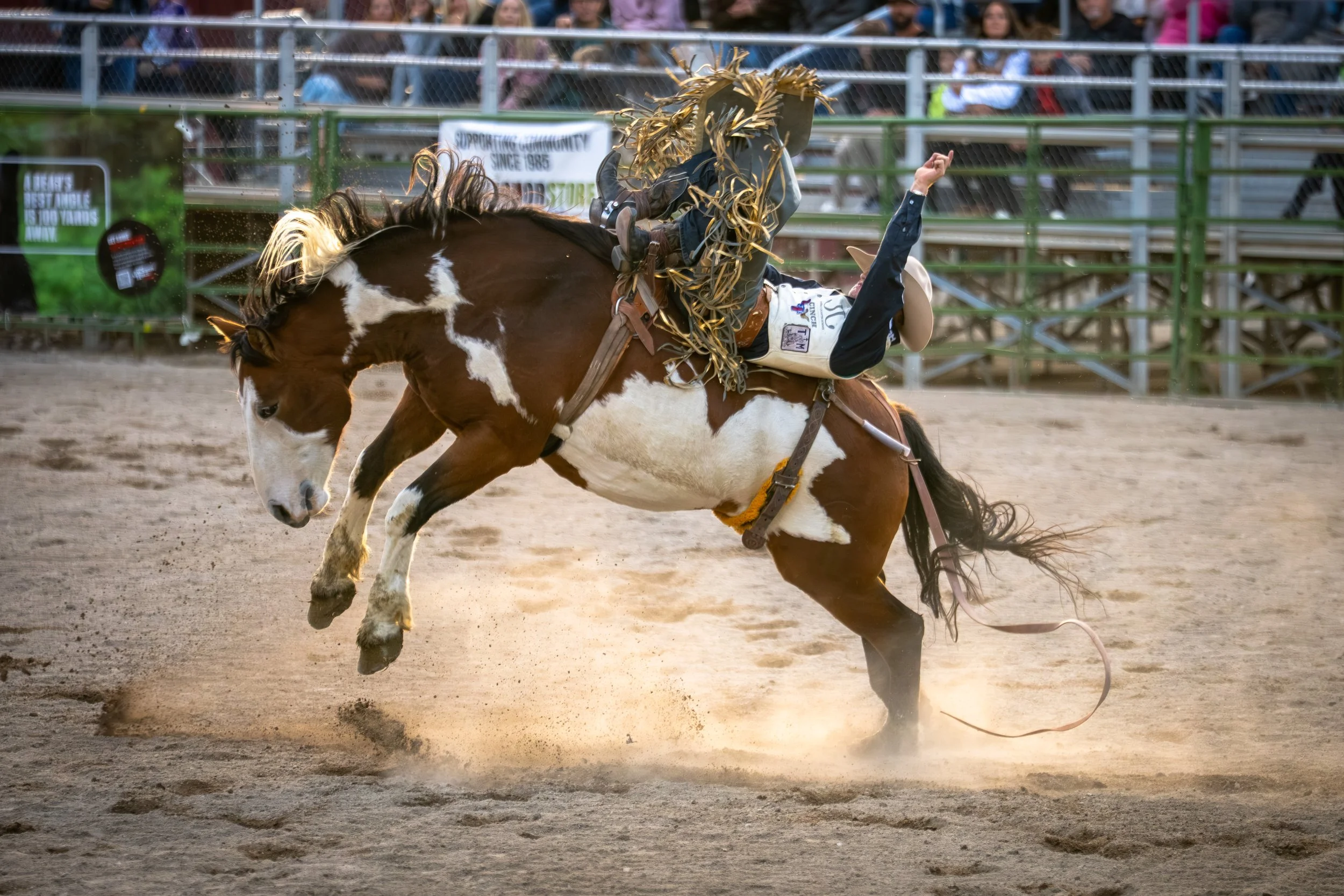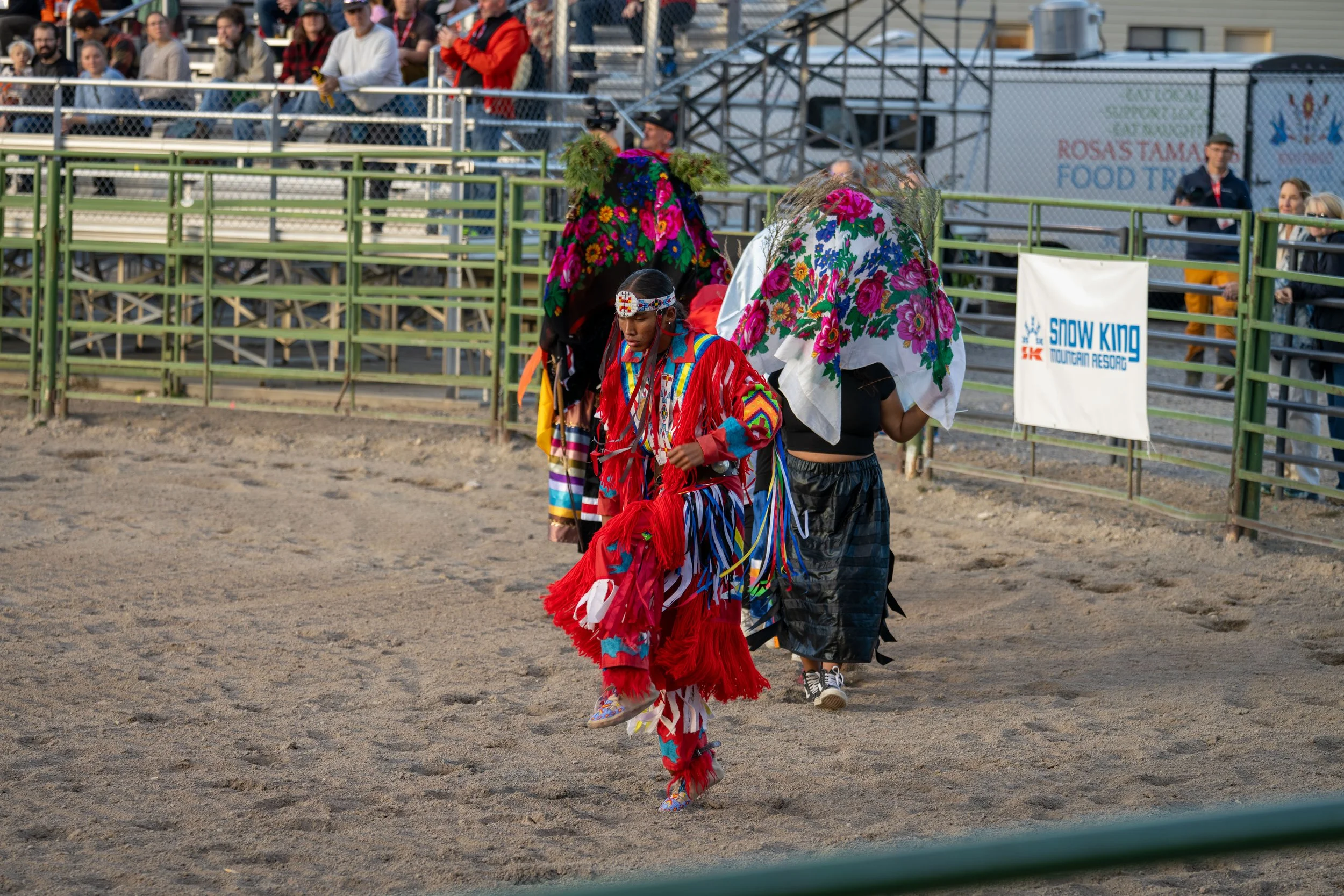Thank you to our ICAR sponsors, and to all the vendors who joined us at Heritage Night
ICAR Jackson Hole is sponsored by the Jackson Hole Travel & Tourism Board, Jackson Hole Mountain Resort, and Snow King Mountain, with additional support from Airbus, Arc’teryx, and Bell, as well as CalTopo, Momentous, Motorola, Rocky Talkie, CMC, Backcountry Access, Breeze Eastern, and Safeback. Local business support comes from: Jackson Hole Still Works, Lockhart Cattle Co., Roadhouse Brewing Co., Snake River Brewing, Snake River Roasting Co., Stinky Prints, and The Liquor Store and Wine Loft. TCSAR is enormously grateful for this critical support.
Heritage Night Nonprofits
Bridger-Teton Avalanche Center Foundation | Camina Conmigo | Coombs Outdoors | History Jackson Hole | SheJumps | Snake River Fund | TCSAR Foundation | Teton Interagency Peer Support (TIPS) | Wyoming Stargazing
The Arts
Art Shop | Cowgirl Mermaid | Enchanted Silverworks | Grainger Glass | J2 Antler Designs | JH Lariat | Independent Ironware | Olivtrees | Perennial West | Rip N Stitch | Sagebrush Collective | Sol + Terra Apothecary | Stoned Darling | Studio 22 | Yeates Clay
Food & Beverage
JH Still Works | Provisions | Rosa's Tamales | StillWest
Outdoor & Adventure
Airbus | Alpine Revival & Buck Mountain Dry Goods | Apocalypse Equipment | CMC-Rescue | Exum Mountain Guides | Finski & Co | Grand Dynamics International | Highside Hoodies | Jackson Hole EcoTour Adventures | JHMR Ski Patrol | Jackson Hole Outdoor Leadership Institute | Med Tech Sweden | Motorola | NoSo Patches | Rocky Talkie | RuffWear | Ryzing Technologies | Safeback | Slava Topol Project | Trilipiderm | WY K9 Search and Rescue
